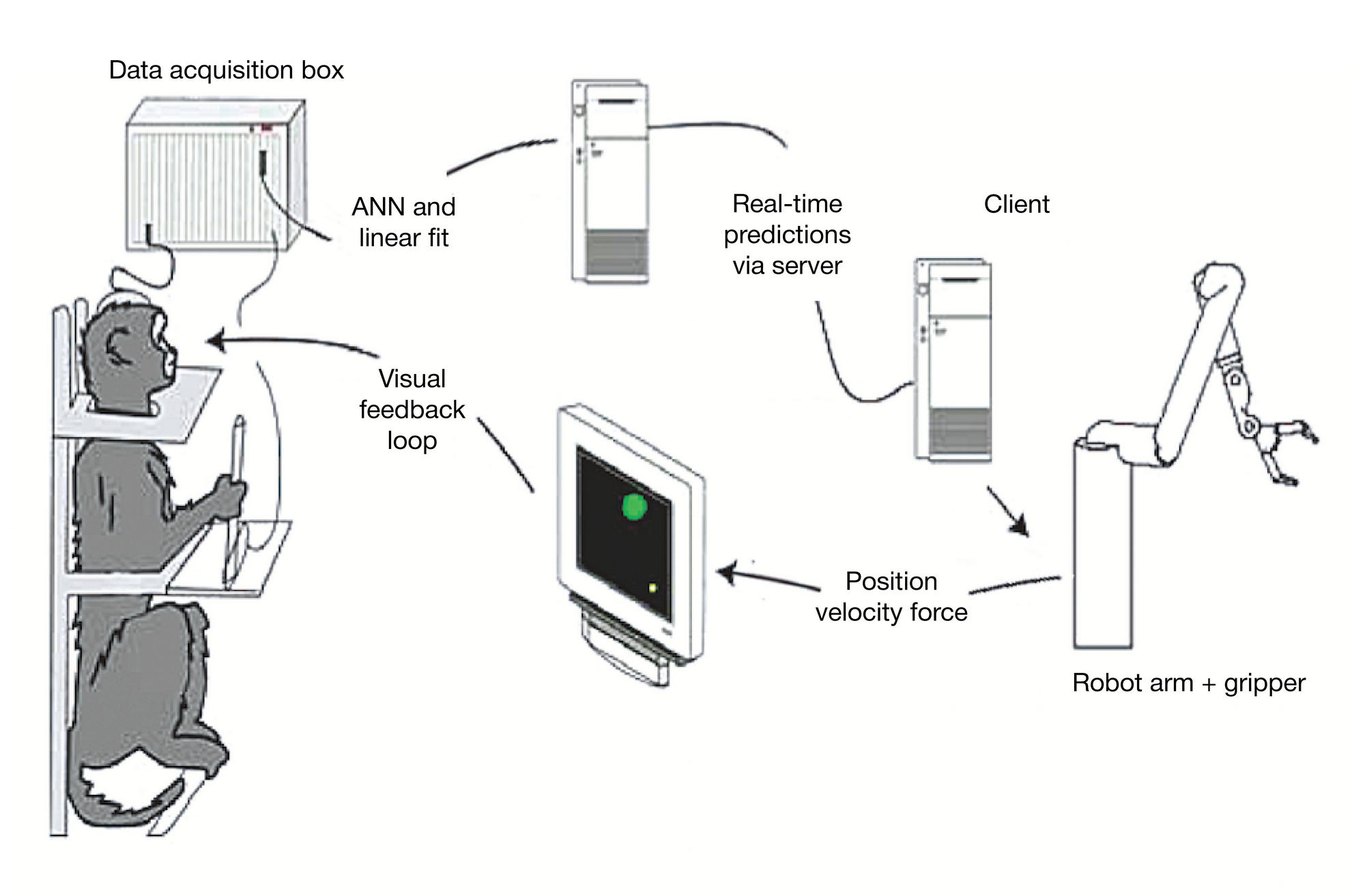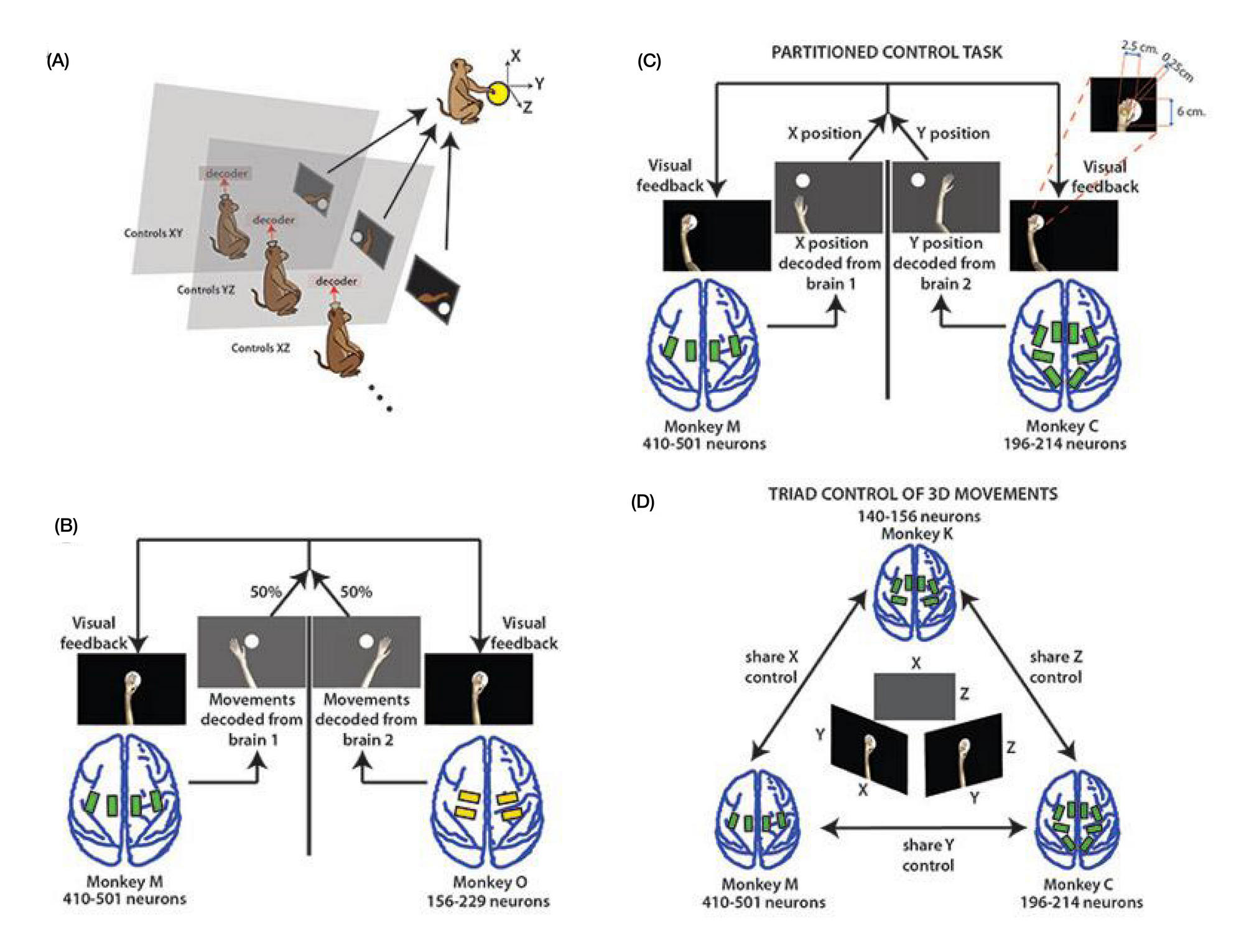
ISSN Print 2500–1094
ISSN Online 2542–1204
BIOMEDICAL JOURNAL OF PIROGOV UNIVERSITY (MOSCOW, RUSSIA)

1 Cyber Myonics, Moscow, Russia
2 Department of Neurobiology,Duke University, Durham, North Carolina, USA
Correspondence should be addressed: Olga Levitskaya
ul. Marshala Biryuzova, d. 30, kv. 45, Moscow, Russia, 123060; ur.liam@stivel_ailo



